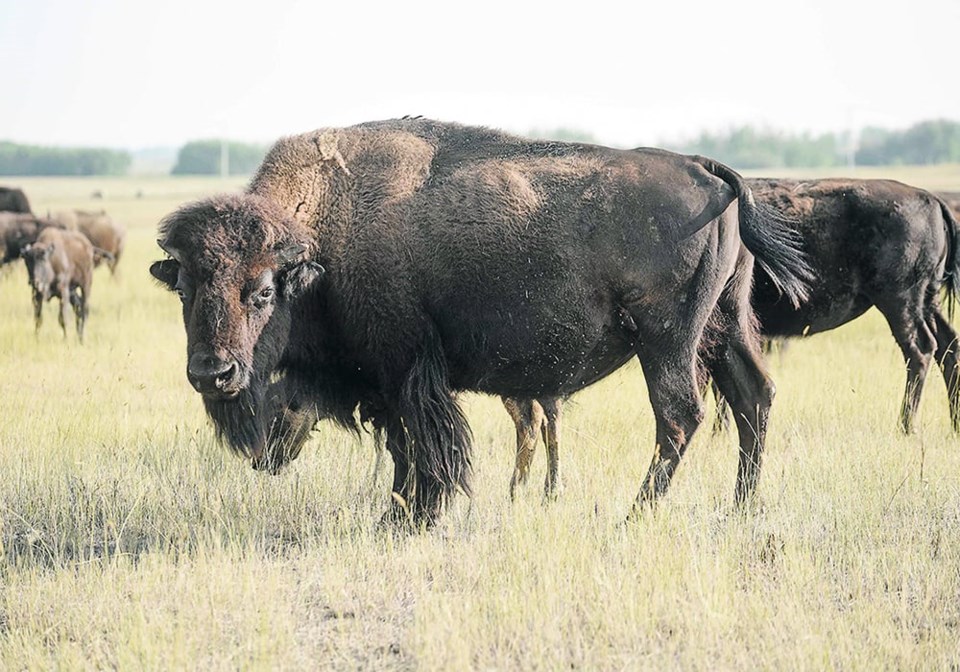WESTERN PRODUCER — The Canadian Bison Association is launching a new committee that plans to focus on research to develop the industry and improve conservation.
Carl Fils, executive director of the association, said Canadian Bison has been involved in research initiatives for 40 years, “but we’ve never been at the forefront of the research decision making.”
The board saw an opportunity to change that dynamic, said Fils, one which will see research topics led by producers rather than research institutions.
“So, identifying and funding projects that are perhaps more relevant to bison producers and production systems,” he said.
That includes research that will support profitability within the bison sector as well as expansion of herds.
“For the last several years, the industry has been in a bit of a downturn and has faced challenges from high input, feed, fuel costs and drought conditions,” he said.
Fils said the bison association’s board will fund the committee with an initial $50,000 to get it going, while 10 percent of industry development fees from tag sales collected by the provinces and national association will also go toward the research fund.
Fils said it has yet to be determined which research projects will receive funding.
“We left it open without priorities intentionally because we (want) to foster creativity in research projects,” he said. “The committee is open to looking at proposals of any nature as long as they fit the general scope of our needs.”
Those needs include market and production research, as well as provincial initiatives that can leverage funding opportunities from government and the association.
Bison pricing is the short-term challenge for the sector.
“Cow-calf operators have been challenged for several years,” he said, pegging the lower margins for producers on higher input costs and drought. “But I think we see the pendulum swinging and prices are going to start to climb.”
Long-term issues like slaughter capacity will likely continue at the national level, with few federally approved processing facilities available.
“We’re down to three or four federally inspected plants across Canada that manage bison,” he said. “Not strictly for that reason but a fair amount of live animals are going to the (United States) for slaughter.”
Fils said while the Canadian bison industry has been well established over the past 50 years, it’s still a relative newcomer to the livestock sector and market development is a priority.
“Consumer awareness, although increasing, is still minimal as compared with other staple proteins,” he said.
Bison is one of the leanest protein options but there is a surplus of middle cuts on the market.
“Currently, we have an excess of trim inventory in Canada, as does the U.S., and so we’re looking for creative ways of not only marketing but even the potential new product types or product development that would utilize these trim cuts,” said Fils. “It’s easy to sell the rib-eyes, T-bones and strip loins but what do you do with the other 70, 80 percent of the carcass?”
Fils said the association is looking forward to hearing from public and private research organizations for proposals.




